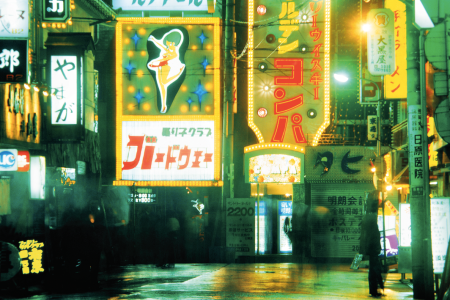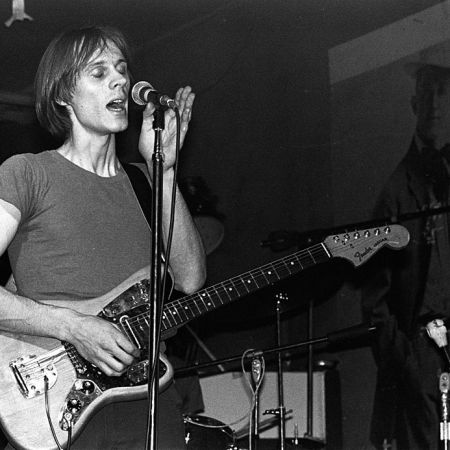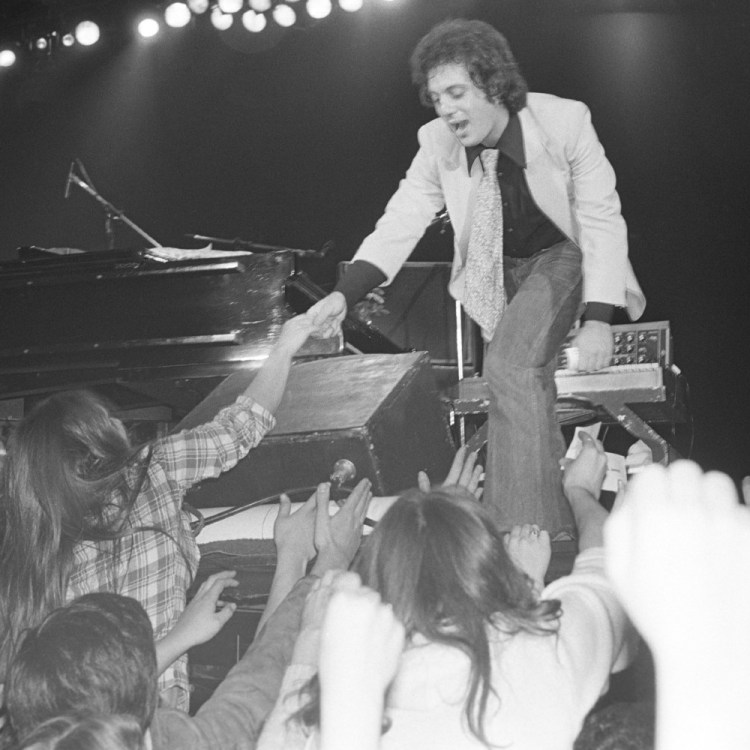Andy Summers has amassed an impressive body of work over the decades — including work that goes far outside of his work as a musician. He’s best-known for his guitar work in The Police, but he’s also collaborated with the likes of Robert Fripp and Kevin Coyne — to say nothing of a long solo career. He’s also been working as a photographer for over 40 years, and a new book, A Series of Glances, takes readers through his life behind the camera.
As Summers told InsideHook, the realization that there was an audience for his photography came “when we wound up The Police.
“I’d shot everything for all those years, right from the inside of the band and all the furor that went on with it, and I just thought, oh, well, it’s all crap, and I put it away,” he added. “But I had it organized. I had all these folders with the contact sheets and the negatives. I was pretty careful about it. And then another photographer from the U.K. came and saw it and said, ‘Oh my God, this is incredible.’”
As his interest in photography grew and he continued to take photos while on the road with The Police. Those efforts eventually resulted in a 2007 book published by Taschen called I’ll Be Watching You: Inside The Police, 1980-1983. “No one else had that material,” said Summers. “So that was kind of a good moment. And quite pleasing.”
Most of the work in A Series of Glances is in black and white, something that Summers said reflects his overall practice as a photographer. “I was inspired by all the great black and white photographers, like Lee Friedlander, like Henri Cartier-Bresson, Robert Capa, Ralph Gibson in America,” he said. “The fact that I saw so many European arthouse movies as a teenager was a big influence on me — and gave me the desire to emulate those films and to recreate those emotions later in life.”
While Summers is quick to point out that his musician and photographic interests reflect very different aspects of his personality, he did share that some of his work has brought the two together. “I’m pretty involved with cameras,” he said. “I had a big summer exhibition at Leica in Germany a couple of years ago. I did a performance where I played on stage to the whole set of sequences of photography.”
That, in turn, led to his meeting with the publisher of A Series of Glances. “The week I was there — the show went on for months — that’s where I met this company, teNeues,” he said. “They were very interested in doing something with me.”
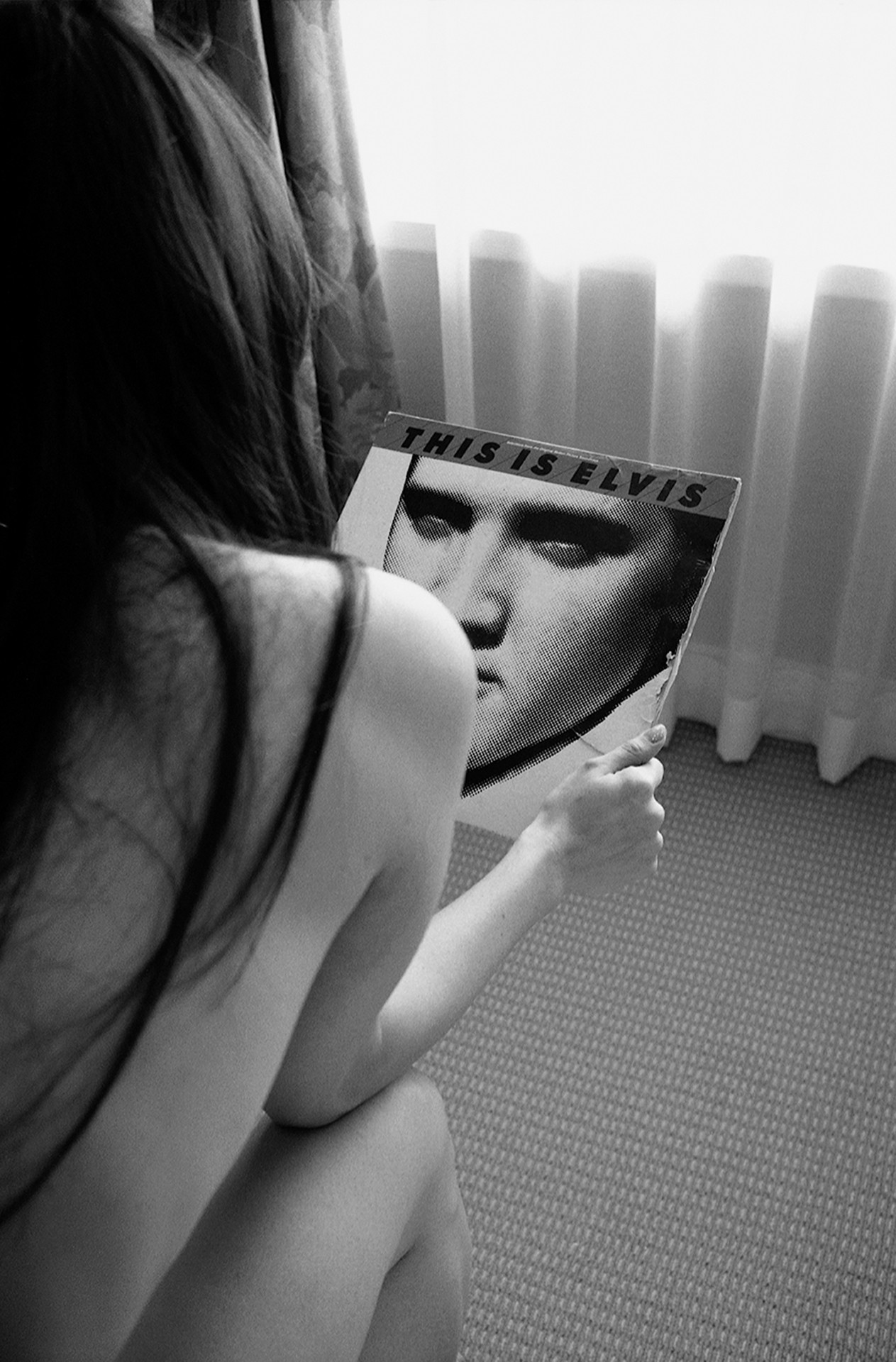
A Series of Glances finds Summers in a somewhat retrospective mood, looking back over scenes from his life in brief snippets of text that accompany the images. “The way this book came out, it’s almost like a retrospective, which wasn’t particularly intended by me,” he explained. “I wouldn’t call it greatest hits, but it’s a compendium of years of photography.”
More specifically, Summers said, the book focuses on his penchant for travel. “I think what you see in the book is my involvement with photography and traveling the world,” he said. “You’ve got India, China, Japan, Tibet, all over the place. And then not so much in America, which I’d done in other books.”
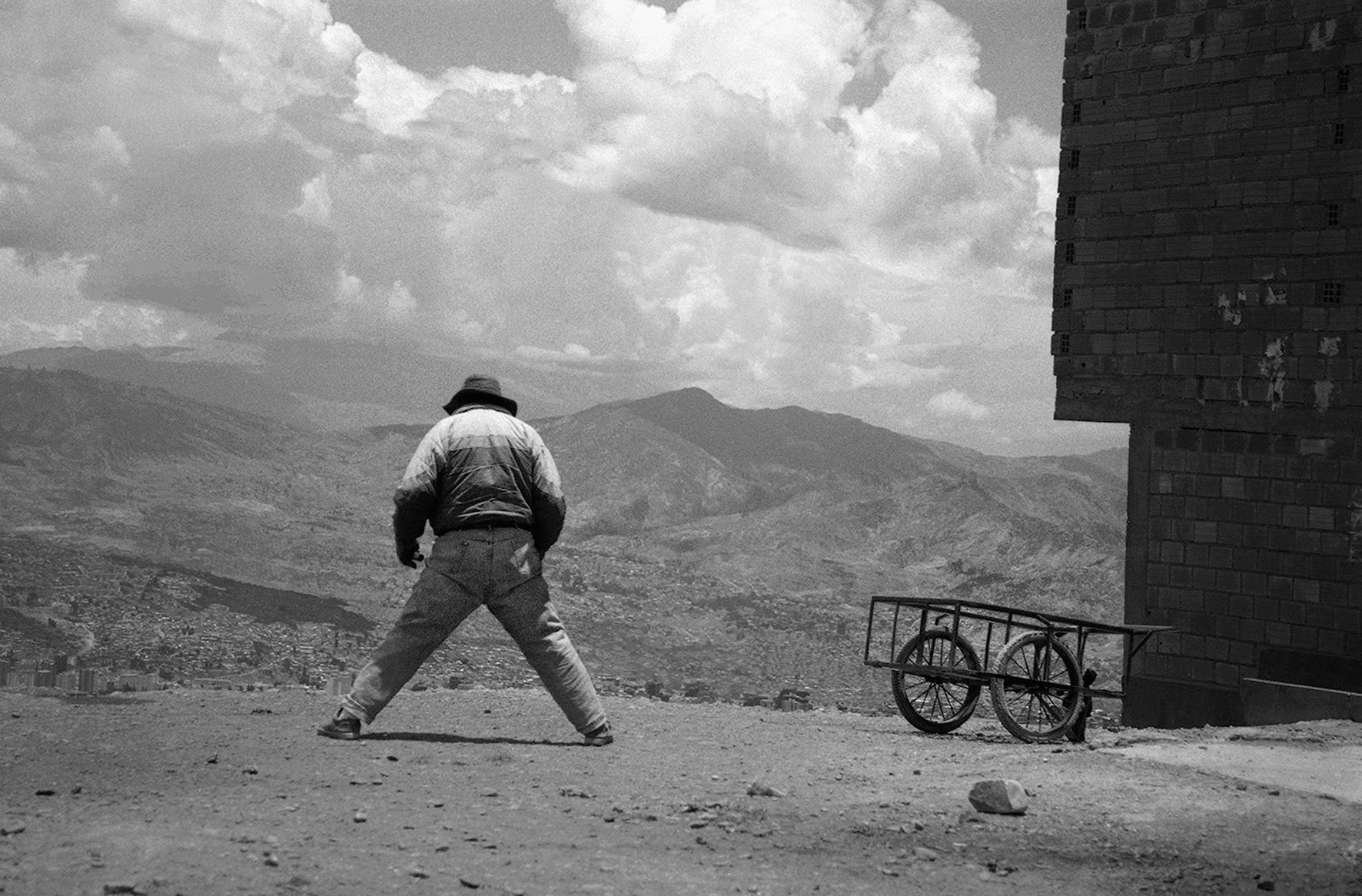
Some of that retrospective mood lends a bittersweet quality to A Series of Glances, as when Summers recalls a trip taken with the late John Belushi.
“I’ve had a pretty full life of all this stuff,” he said. “I don’t pull photographs out of the drawer every day and look at them and weep over them. I tried to see them in terms of their artistic quality. But I am pretty involved with it all because someone like me — ‘well-known,’ I suppose, is the right word. I have to be pretty engaged with all kinds of photography that I’ve done or pictures of me or pictures of me in different situations, because people ask for them all the time.”
While Summers’s long career in music has intersected his work in photography, he stayed away from works that connected the two for A Series of Glances. “I’m working on another book right now that maybe won’t come out for another year or so that illustrates my life as a guitarist,” Summers explained. “All the different guitars I’ve used and the scenes that I’ve been through that are all marked by guitars. I’m having to look at hundreds of photographs to get the whole shape of the thing.”
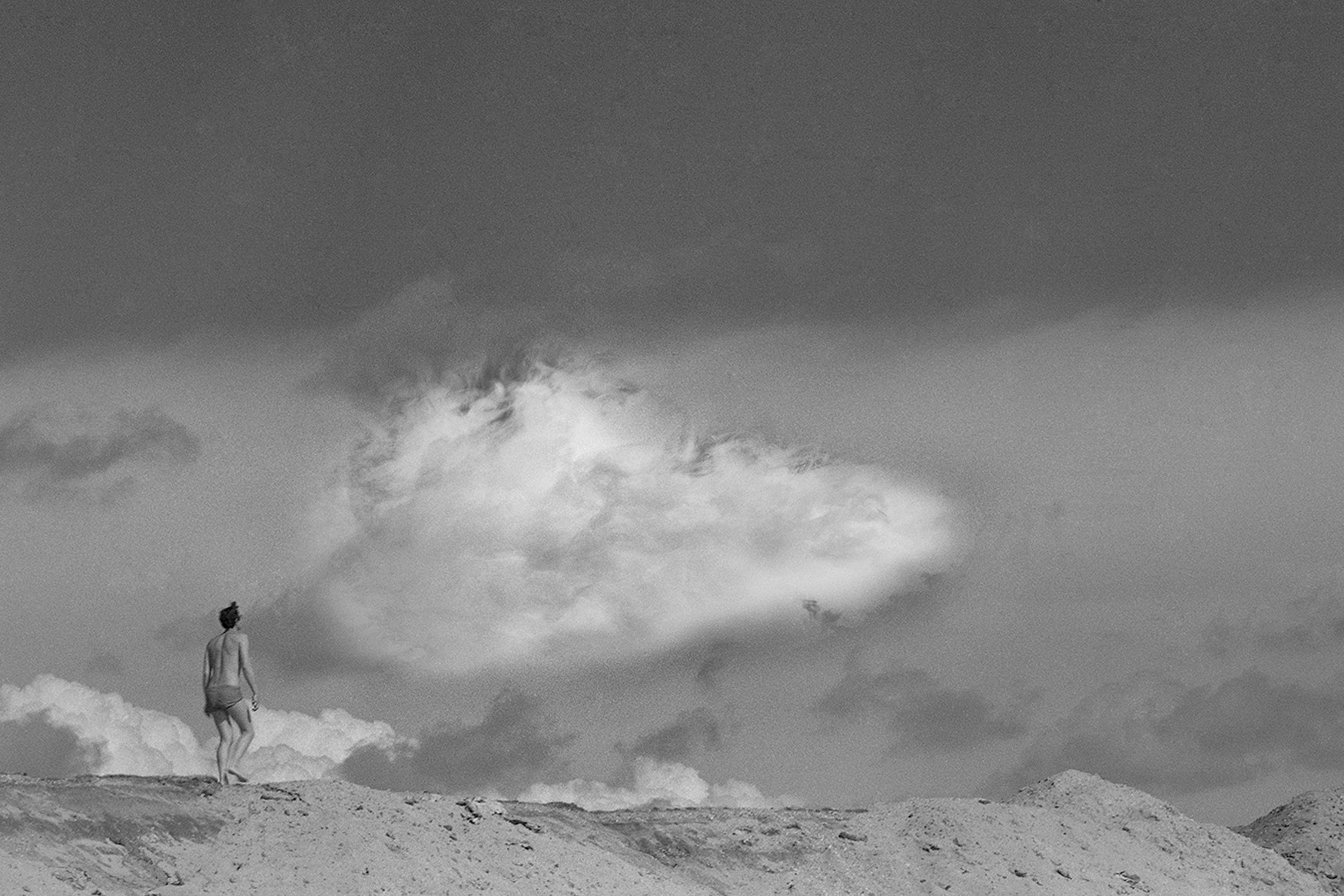
Summers can also be candid when discussing photography. When William Eggleston’s name came up, Summers mentioned that he found his work hit-or-miss. “Some of that stuff looks like total shit to me, like he doesn’t have an eye at all,” Summers said. “And then at times you go, ‘God, he was pretty hip.’
“I do have a few of his books. I’m very familiar with it,” he added. “He’s a sort of master of the bland. I don’t know. Or he’s supremely intelligent and I’m just missing the point.” Summers went on to cite the work of Luigi Ghirri as a photographer whom he felt worked in a similar vein but with more success.
“Somehow he managed to get the blandness and absolutely non-event into it,” Summers explained. “But somehow in his case, it was humorous.”
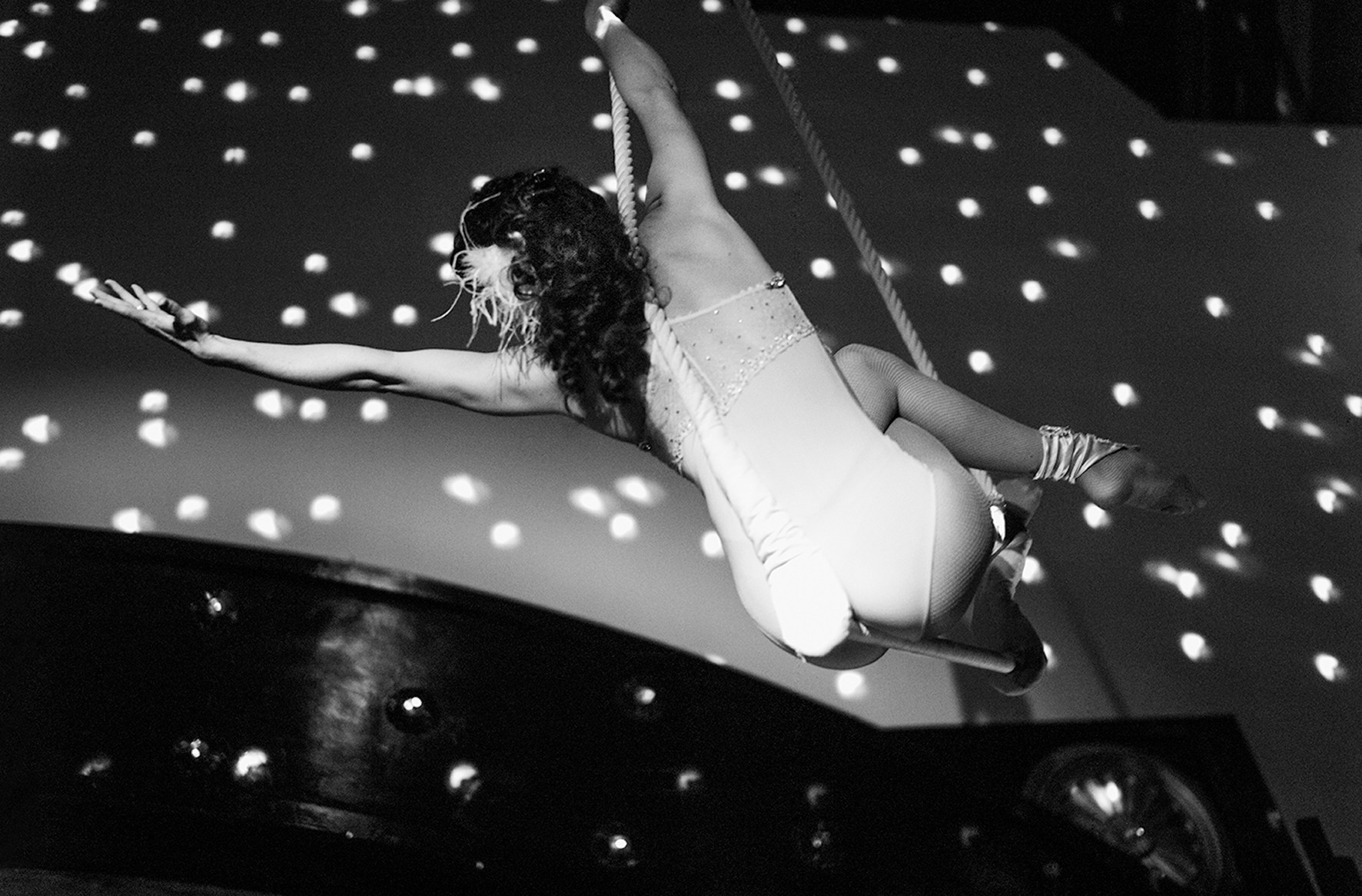
As for where Summers has taken some of his favorite photographs, he cited the Chinese city of Lijiang. Several photographs of musicians playing there can be found in A Series of Glances. “I actually went there two years running,” he said. “There’s a sort of whole bunch of old guys looking out and they’re all in robes. I got a lot of photographs of them in color and [in] black and white.” Those photos, he explained, were the result of two visits there, one with a friend and one with his two sons.
“You would think somewhere like Brazil would be the best place,” he said. “But actually, China was where I got the most stuff. I went to China eight times, so I’m pretty well traveled in that country. And I found quite a lot of stuff like that.”
During the pandemic, Summers spent long stretches of time photographing deserted streets in Los Angeles. “I started going to old downtown L.A. at about eight o’clock in the morning because it was always completely deserted, there were no humans in sight anywhere,” he said. “I started to shoot that, alleys and buildings and roads.”
That, I told Summers, sounds not unlike the arthouse films that he mentioned as having been a formative influence on him.
“Very much that. It’s the influence, and it’s very strong. Because when you really focus in — and this is the only subject matter, I’m not shooting people, tourist things, anything like that — it’s just dark buildings, some sunlight, shadows, mist, edges of buildings. You have to have the eyes to do it, but when you start compiling it and putting it together, it thematically becomes quite compelling.”
It was here that Summers cited another influence on his photography: the late-1960s Japanese magazine Provoke. “There’s a sort of inspiration coming from that look, which is very tough and noirish,” he said.
Haunting Photos Show the Gritty Side of 1970s Tokyo
Images from Greg Girard’s “Tokyo-Yokosuka 1976-1983”Summers mentioned several book projects in the works over the course of our conversation, though he also remains an active musician. He’ll be spending much of the fall touring throughout the U.S. and Canada. As our conversation drew to a close, I mentioned a serendipitous moment: shortly before our conversation, I’d gotten an email from the great Seattle record store Wall of Sound that mentioned Bewitched, his 1984 collaboration with fellow guitarist Robert Fripp.
Summers mentioned that a reissue of his music with Fripp was in the works. “We want to put it out again,” he said. “It might even be as much as a triple CD.” As he explained, he and Fripp had recorded two albums together, but in the process of revisiting their archives, they uncovered a cask of previously-unreleased music.
“Somehow, we found all these other tracks that we had gone out to try to put an album together. It was actually a very nice surprise,” he said. “There’s some really cool stuff on there that I didn’t remember at all. So we’re cleaning it all up, putting it all back together. It’s coming out, I think, in February.”
It’s one more surprising piece of the artist’s multilayered catalog.
This article appeared in an InsideHook newsletter. Sign up for free to get more on travel, wellness, style, drinking, and culture.

